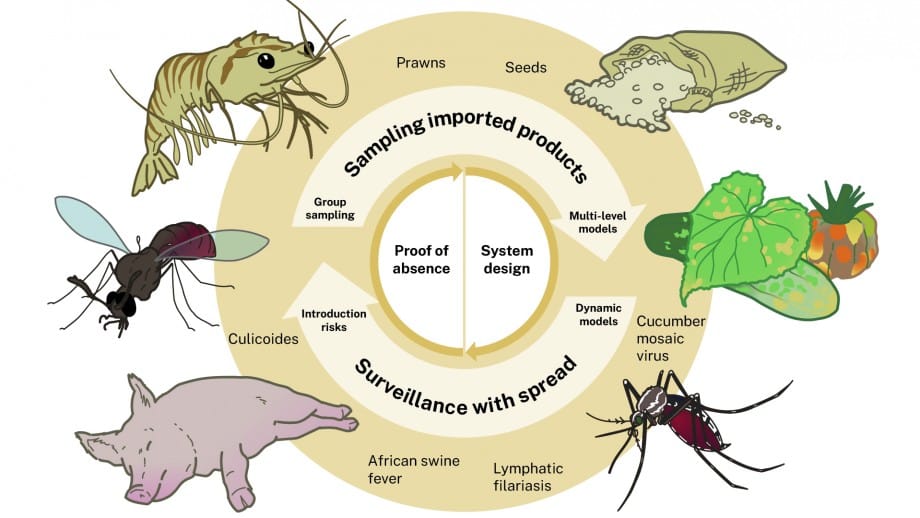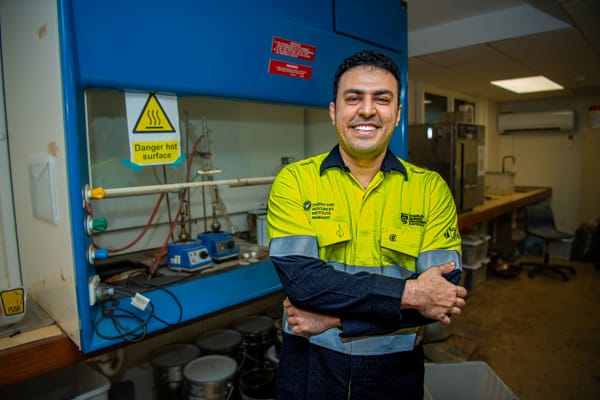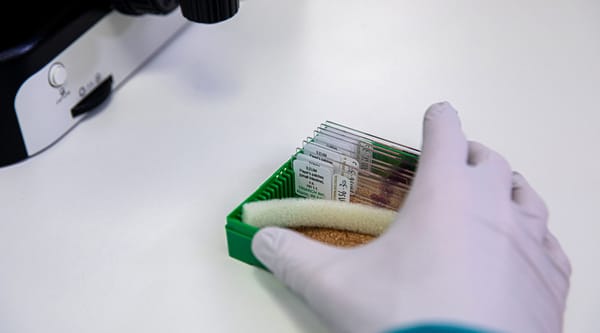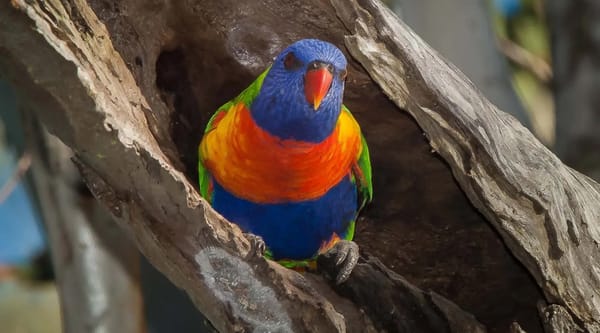Using maths to help Australia’s biosecurity: Professor Katie Glass and team’s ARC Linkage grant success
Professor Katie Glass and colleagues think we can, and have been awarded an $850,000 ARC Linkage grant in collaboration with the Department of Agriculture, Fisheries and Forestry to investigate this problem.

First published by The Australian National University
Being “girt by sea” puts Australia in a relatively unique biosecurity position. We have a natural moat that helps protect agriculture, unique flora and fauna from invasive species, and people from disease. Australia flexes its border muscles in response to many threats – who could forget the controversial border closing in response to COVID-19? But can we be smarter and more efficient in our approach to biosecurity at the border and within the country?
Professor Katie Glass and colleagues think we can, and have been awarded an $850,000 ARC Linkage grant in collaboration with the Department of Agriculture, Fisheries and Forestry to investigate this problem.
“Both in Australia and internationally we face lots of threats from pests and pathogens, and we need strong biosecurity measures to find them as early as possible,” says Glass.
Glass explains that if the prevalence of a disease or pest is low then it can be difficult to detect, thus negative search results might not mean the pest is really absent.
“There are some situations where you can be pretty confident with a negative result. But there are other times where you have to keep looking for a pest or pathogen, and still can't be confident it's not there.”
Looking for these pests can be time consuming and expensive, and in some instances, goods are destroyed in the testing process. This got Glass and her colleagues thinking – surely there is an underlying mathematical and statistical problem here that could be solved to increase our confidence in biosecurity screening.
The team are proposing new practical and efficient testing strategies and models that can be varied according to the characteristics of specific pests and disease. For the purpose of the grant, they are examining five case studies: imported frozen prawns, African swine fever, lymphatic filariasis, culicoides, and cucumber green mottle mosaic virus.
“One of the problems, for example, is how we might test mosquitos. Where we test them geographically, and how many to test at once, because we don’t test them individually. This problem of how many to test at once, or ‘pool’, also applies to seeds and prawns as they come into the country. And ‘pooled’ testing and consideration of geography need to be carefully considered when you do statistics,” says Glass.
Learnings from these case studies will then be applied to other existing and emerging threats.
“Each time we see a new threat the questions are: how can we test for it and how worried should we be? Through this research we will develop a suite of tools and an understanding of general problems which will allow us to respond better and faster to new and emerging problems.”
This grant will aid Australia’s biosecurity across a range of disciplines.
“Biosecurity is a general problem across both agriculture, health, and a range of other areas. Through this grant we will be providing the tools that make existing surveillance more efficient, and make sure we maximise the information we can get from what we're doing to look for these threats,” says Glass.




